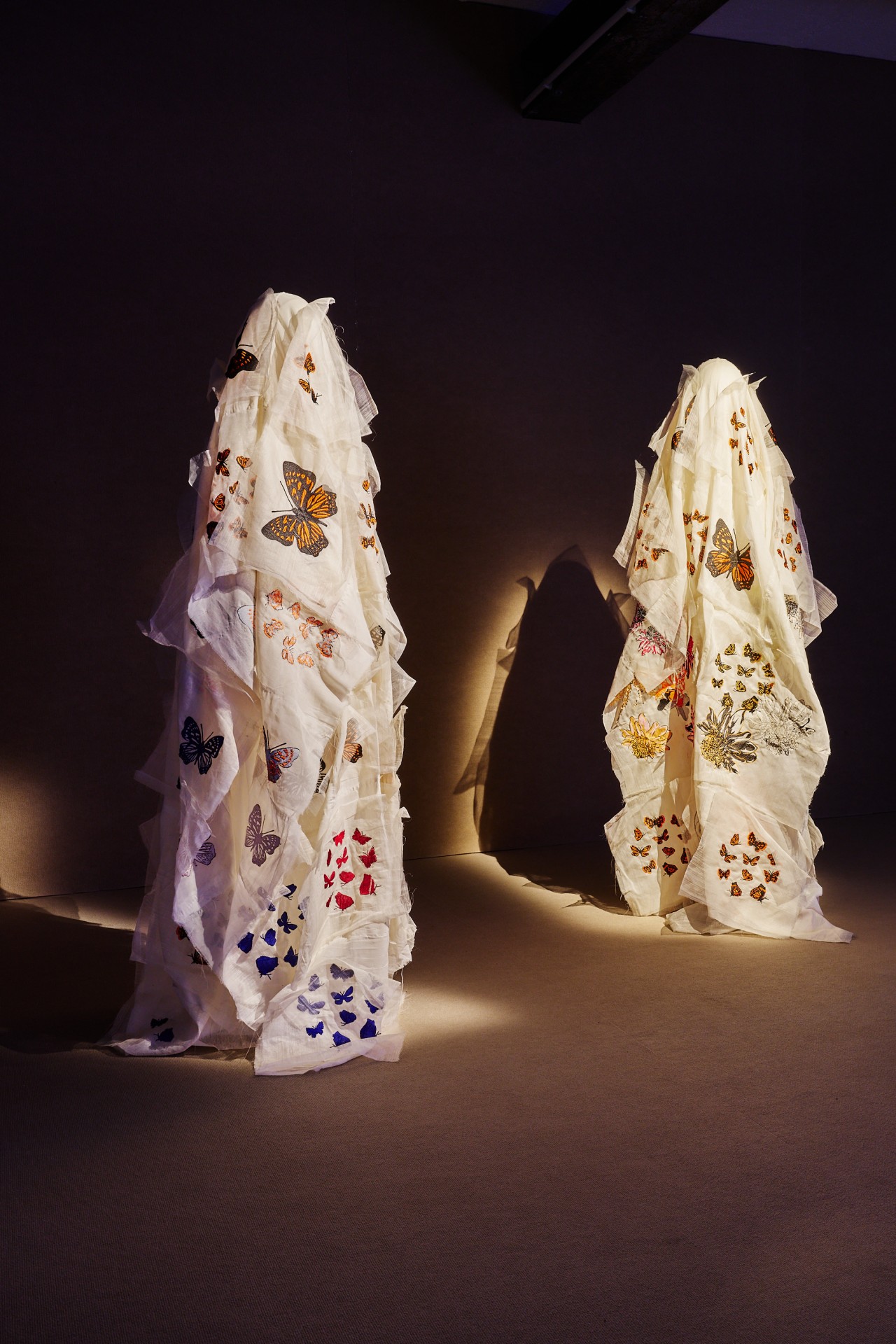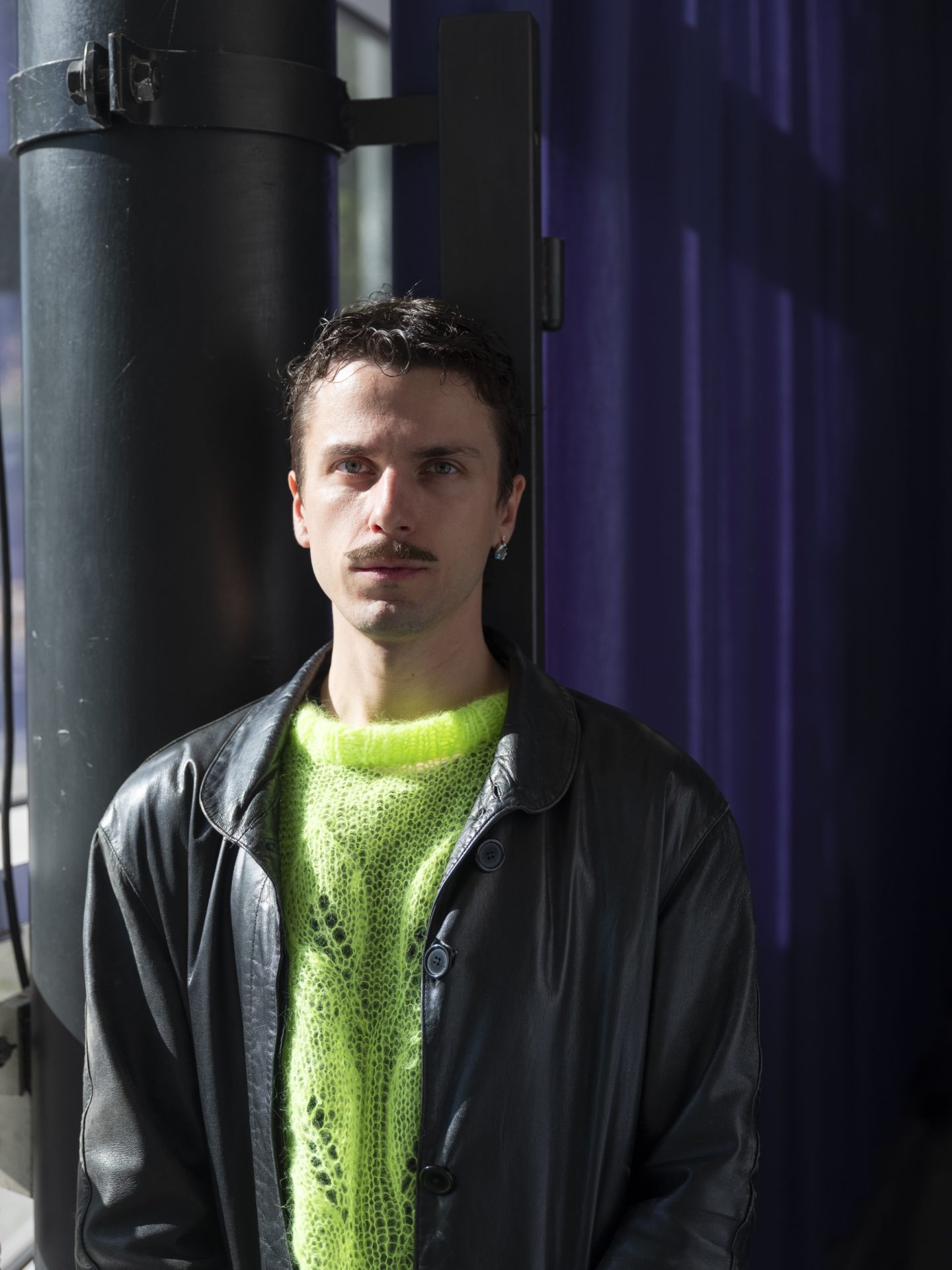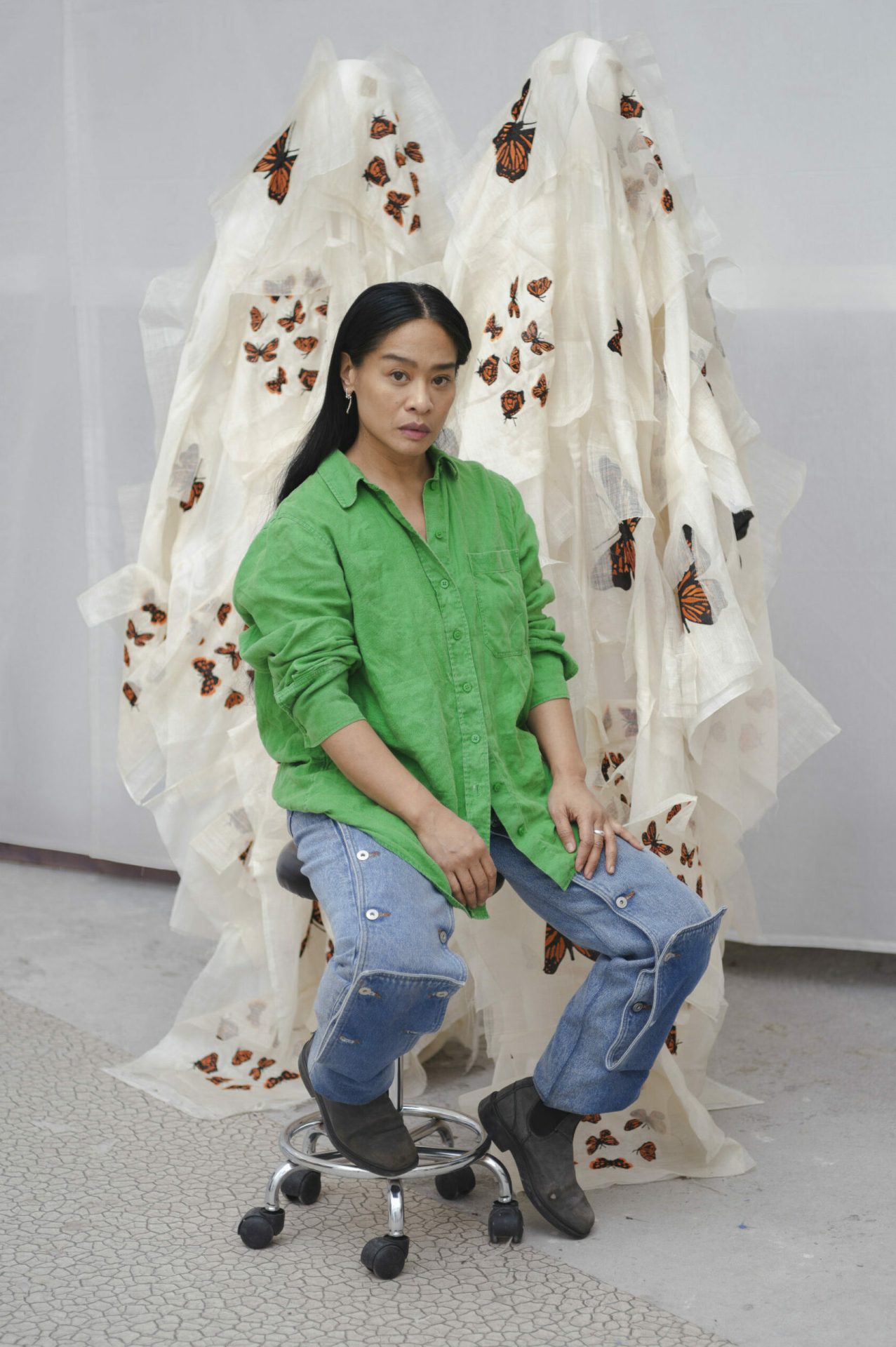On beaded curtains and changes of perspective
10/21/2025
8 min reading time
Stephanie Comilang’s solo exhibition at the SCHIRN marks her biggest show to date in German-speaking countries. And provides an opportunity for a closer look at her artistic practice and her career.
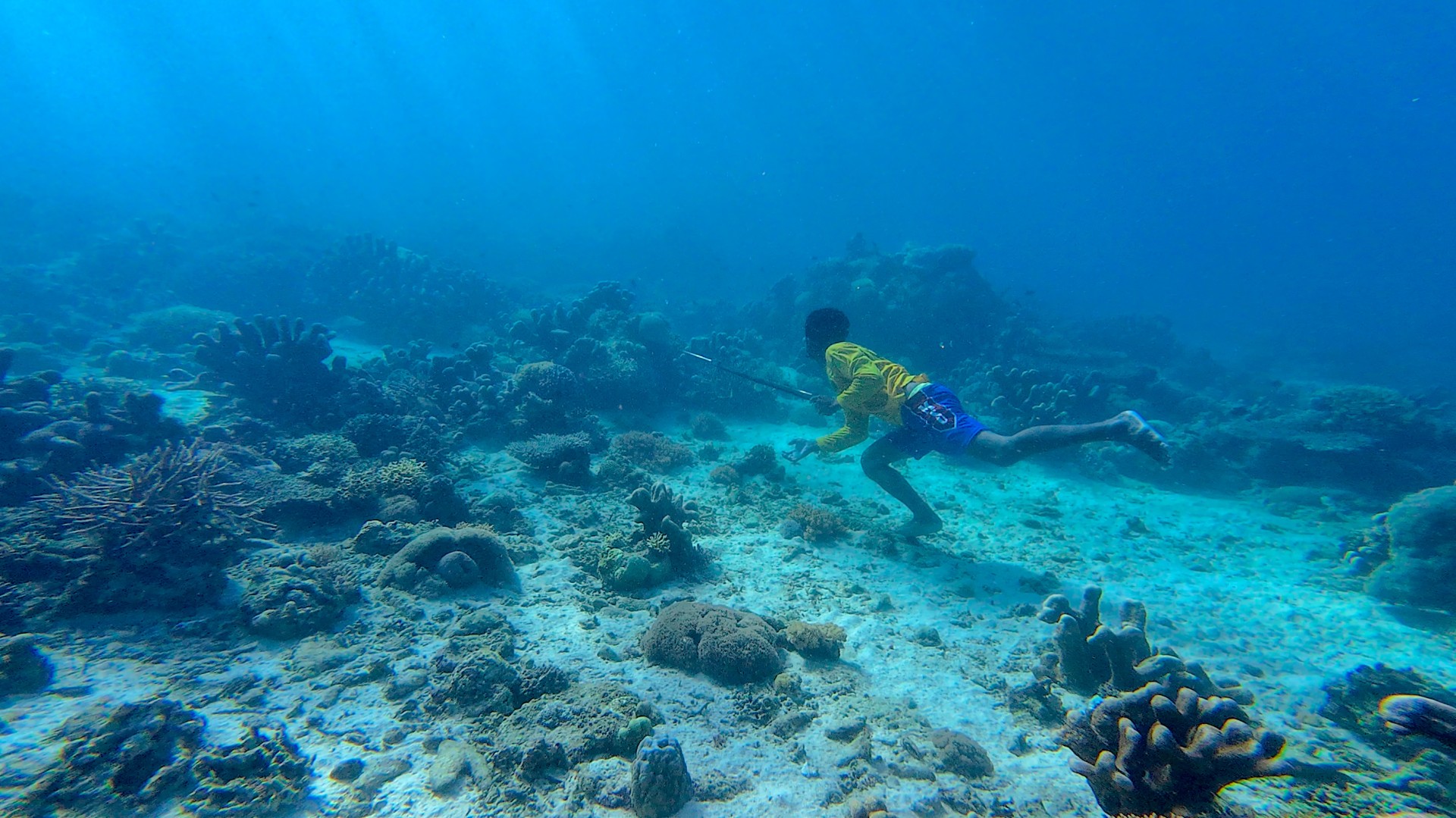
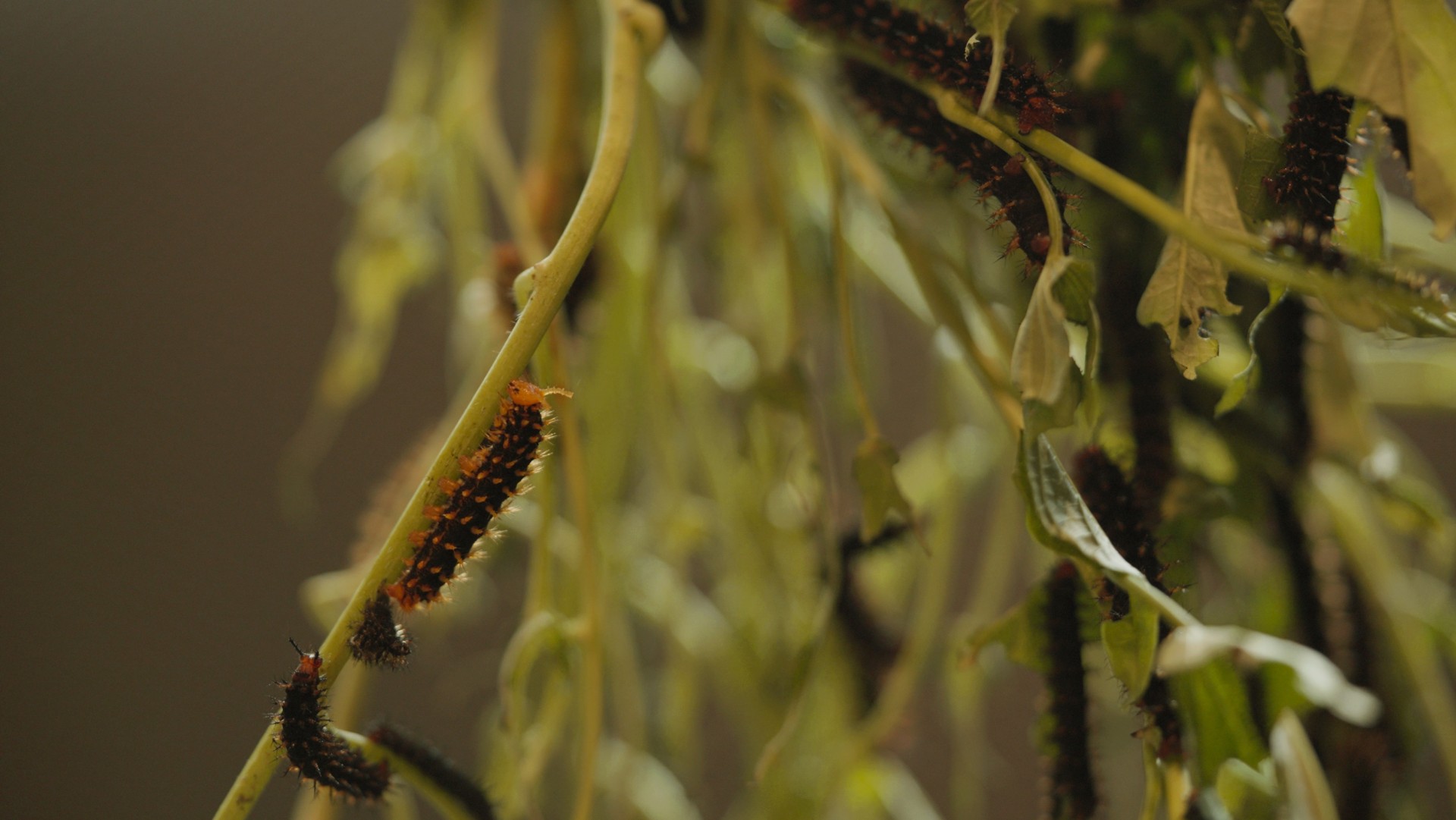
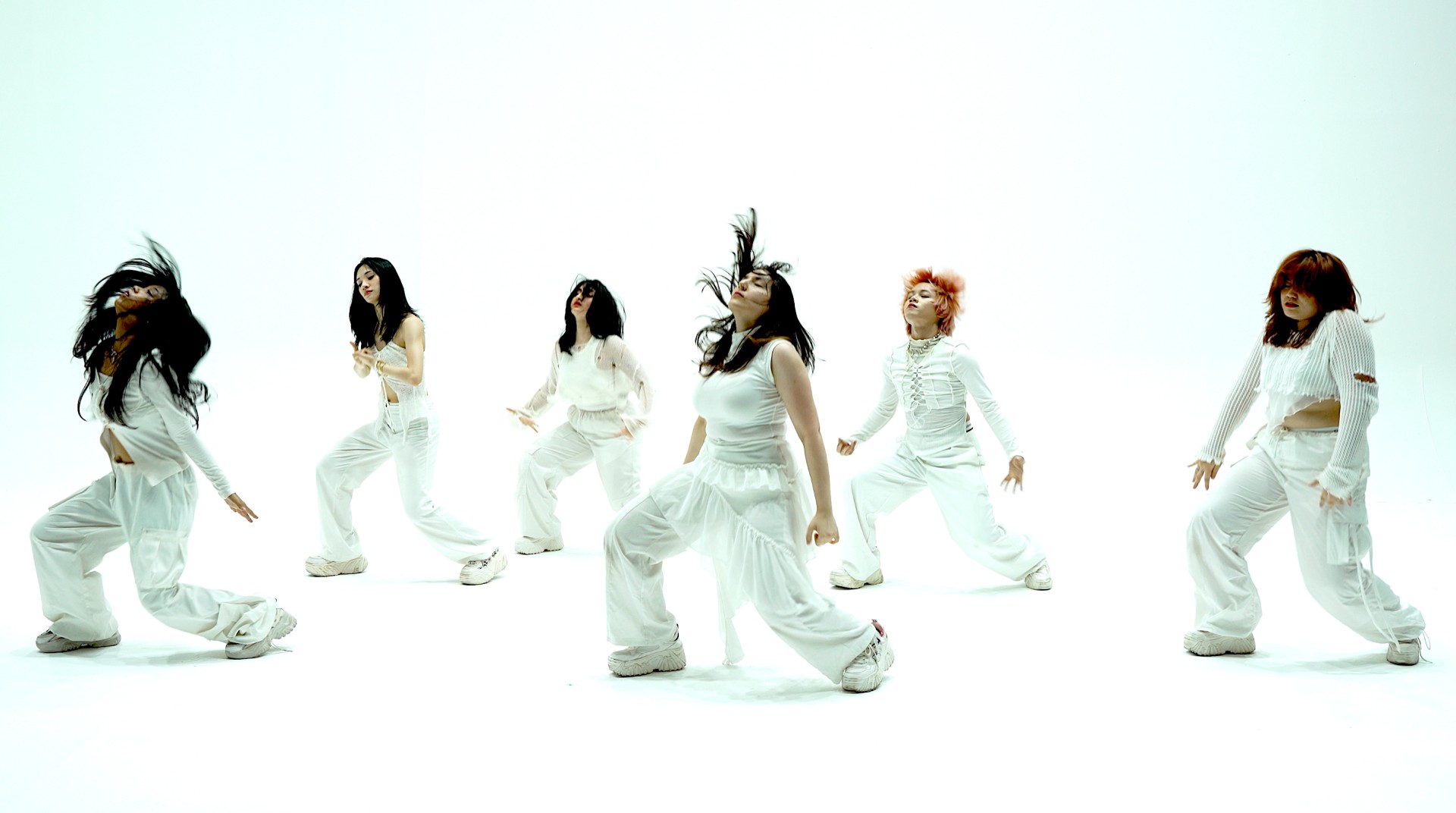
Lorem Ipsum
Stephanie Comilang grew up in Toronto as the daughter of Filipino migrants. Her parents fled the Philippines in the 1970s due to the unstable political situation during the Marcos dictatorship, and they built a new life for themselves in Canada. Consequently, she shares the fate of a life between worlds with the members of the diaspora and their successor generations. In her artistic exploration of (her own) identity, she found film to be a suitable medium – not least because of the narrative opportunities it offered. One of her defining influences, she says, is Filipino director Kidlat Tahimik, whose cult film “Perfume Nightmare” (1977) paints a critical picture of Western modernity – and permanently changed Comilang’s view of the world after she saw it as a teenager and shortly thereafter learned that her father and the director had been friends. In 2019, she even dedicated a film to this discovery, namely “It All Makes Sense.”
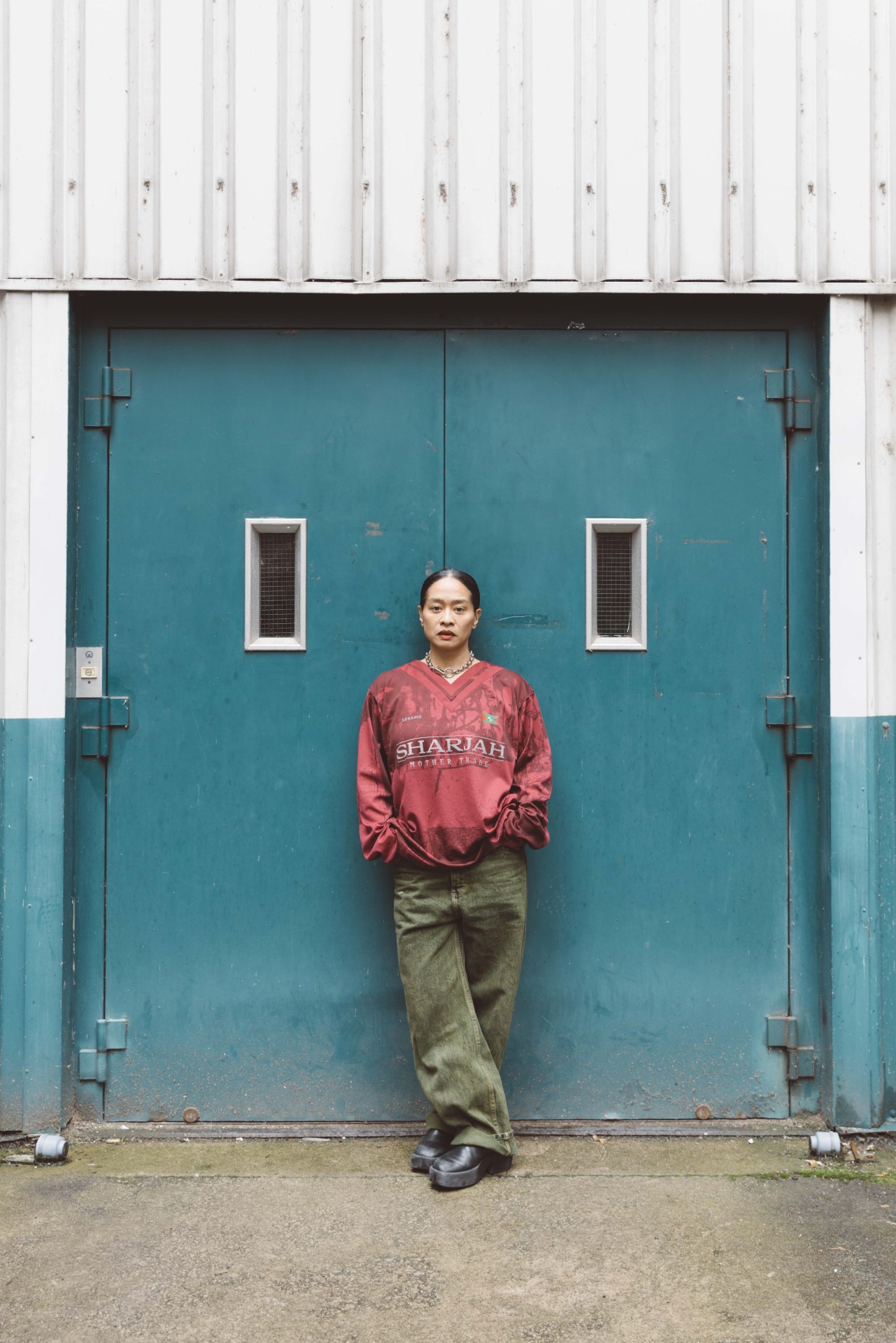
Science fiction meets documentary
Inspired by her role model, Comilang develops alternative forms of storytelling but does so in her own way: She not only lets different, mostly underrepresented voices have their say, but also engages local actors for the camera shoot, whom she finds through her personal networks, irrespective of where they might be. She galvanizes non-dominant communities by making them visible and thus creating empowering moments of identification. Despite their documentary character, the multi-perspective works subvert linear logic – and at the same time attack patriarchal narratives. Comilang herself refers to them as “science fiction documentaries.”
A characteristic feature here is music, which is used to purposeful effect. Her clever way of combining the sudden changes of scene using sounds enables atmospheric spaces to open up that captivate the audience. She may take inspiration here from the (Berlin) club culture, whose musical presence is evident in her 2016 short film “Lumapit Sa Akin, Paraiso (Come to Me, Paradise).” But what plays an even greater and more definitive role in her artistic creativity are music videos: Her enthusiasm for this film genre led her to skip the foundation course at the Ontario College of Art & Design in Toronto in order to focus directly on media art.
Producing her films involves high costs, and she says herself that at the beginning of her career, this meant she was hardly able to meet her own benchmark. And so, shortly after moving to Berlin more than ten years ago, she set herself an ultimatum: “I had gotten to the point where I thought: If I don’t get this one grant then I’m going to give up art and become a midwife, my preferred plan B.” But she got the funding she had been hoping for, and the resulting film – “Lumapit Sa Akin, Paraiso (Come to Me, Paradise),” about the lives of Filipino migrants in Hong Kong – gained her international recognition. And by the time she was named the winner of the Sobey Art Award 2019, Canada’s most prestigious art prize, there was no going back: Her productions grew bigger and bigger, and are now commissioned by renowned institutions worldwide.
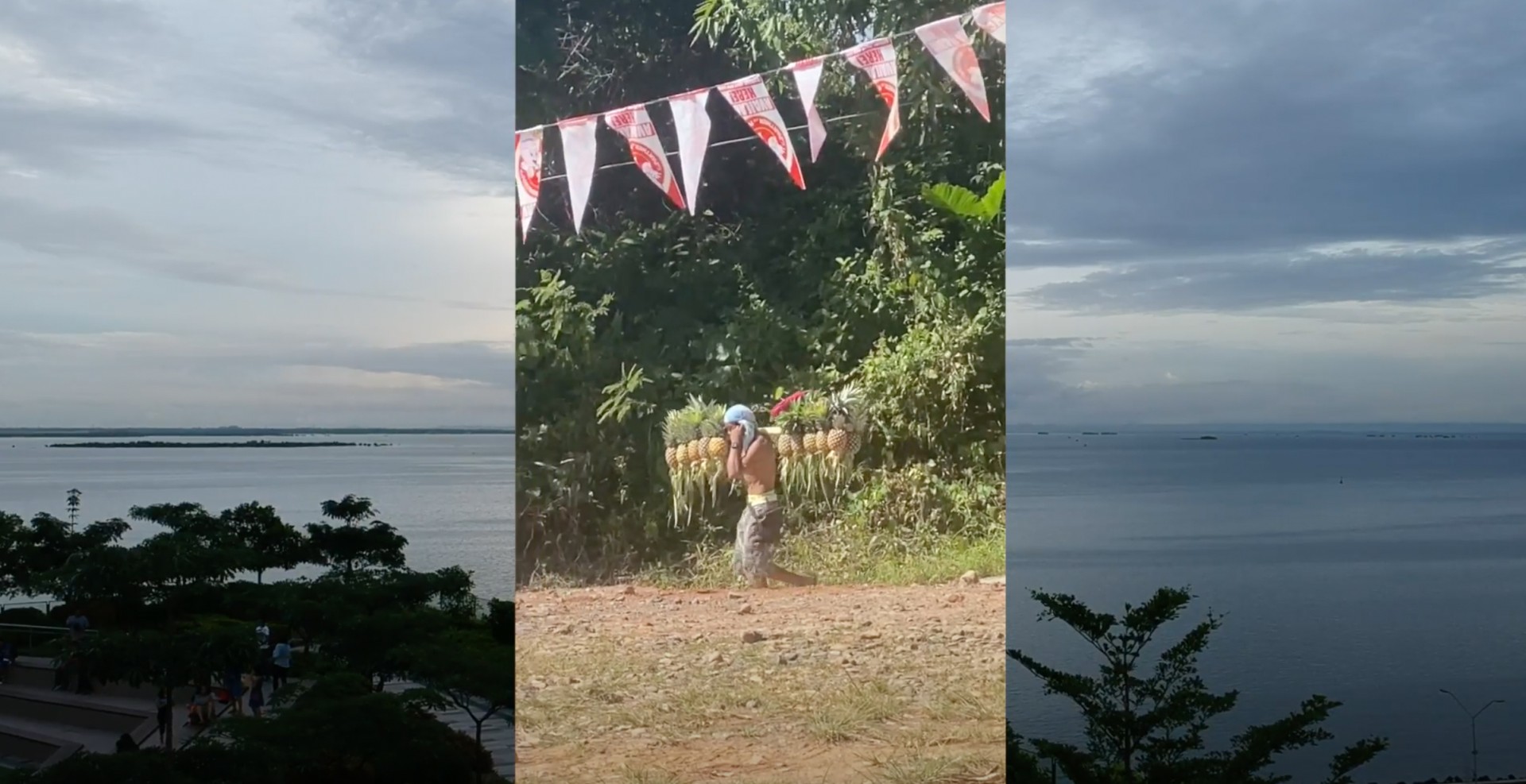
Search for Life
There is her most recent body of work, for example: the cinematic diptych “Search for Life.” She developed the first part for her solo exhibition in 2024 at the Museo Thyssen-Bornemisza in Madrid, and the subsequent part for this year’s Sharjah Biennial. Institutional invitations prompt Comilang to conduct intensive on-site research, and in this she always – albeit not exclusively – approaches the respective Filipino communities. Now, the SCHIRN has united the two films in one place for the first time and thus, following a prior screening in New York, is hosting the European premiere of the second part.
For each presenting venue, the artist experiments anew with installation elements. While “Search for Life I” uses site-specific mirrored walls to play with visitors’ perspectives and thus visibly integrate them into the work, “Search for Life II” is projected onto glistening strings of synthetic pearls, creating a shimmering, dreamlike image. Sculptural works that relate to the moving images round out the settings. Hence, for the SCHIRN exhibition, selected still images from the film material were transferred onto freely hanging beaded curtains. To create this effect, Comilang had the themes dissolved into pixels; then the beads were dyed in the corresponding colors and threaded by hand. Behind the works moving gently in the airflow are deep reflections on production conditions, process chains, and the exchange of goods.
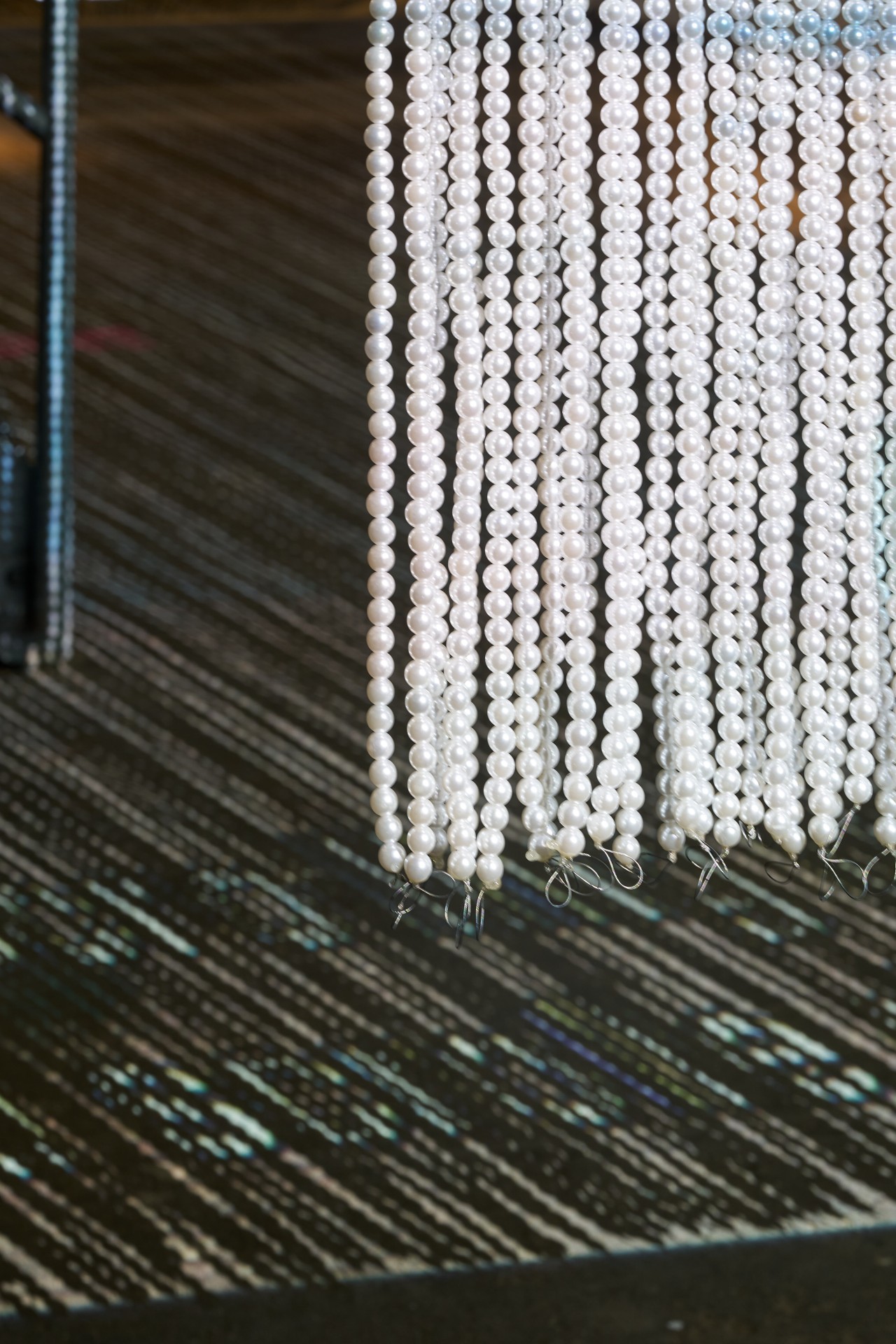
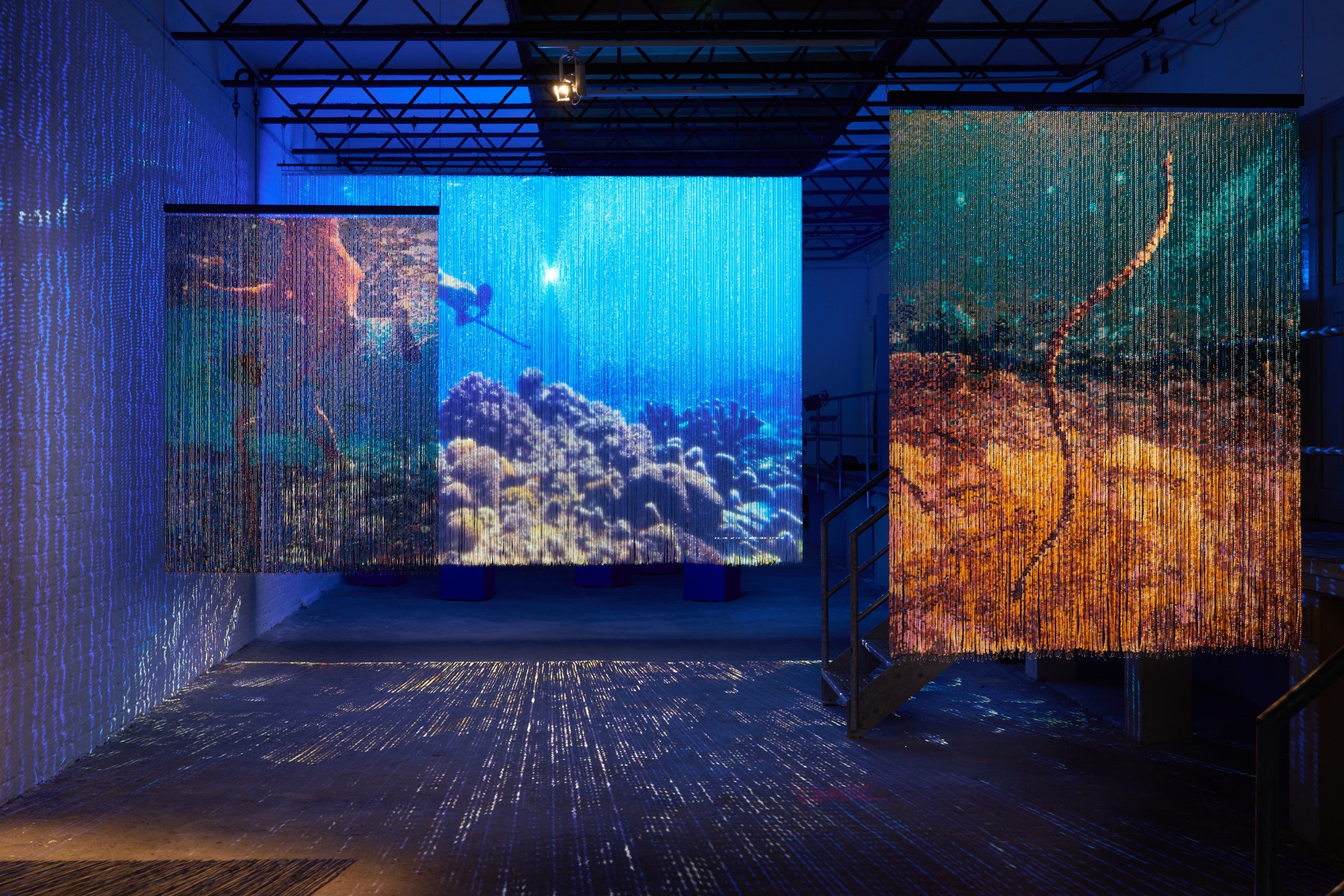
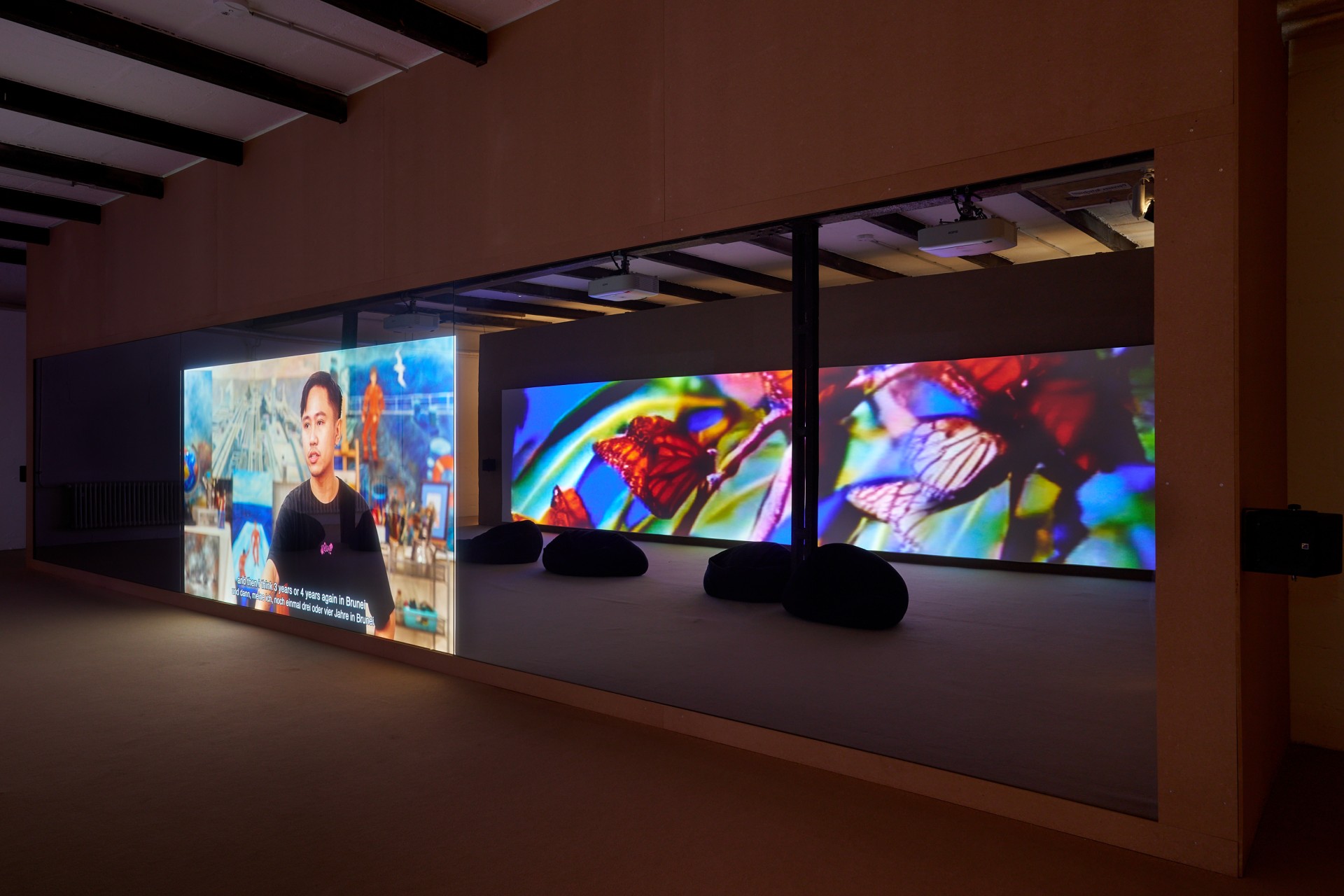
Through the eye of the butterfly
Comilang integrates this spatial continuation of her films thanks, not least, to her long-standing collaboration with her partner, the German-Ecuadorian artist Simon Speiser. The couple worked together on “Piña, Why Is the Sky Blue?,” their joint exhibition at the Berlin branch of the Julia Stoschek Foundation in 2021, and were influenced by each other’s artistic practices in doing so. While she introduced him to the making of the short film of the same name, he inspired her to translate the film’s content into three dimensions – both in virtual reality and in embroidery.
Such embroidery thus adorned a textile fabric called piña in a series of murals. This fabric is traditionally made from pineapple leaves in the Philippines, and its original genesis is closely linked to the history of (Spanish) colonization. In the techno-fictional world of the artist couple, a spiritual medium talks about this historical background.
Piña fabric can currently also be found in Comilang’s SCHIRN show: In the middle of the video installation “Search for Life I,” ghostly figures rise up, veiled in piña embroidered with monarch butterflies and flowers. Their depiction is composed of tiny dots – an invitation to see the surroundings as if through the faceted eyes of a butterfly.
Whether as part of artistic co-creation or in her own projects, we can expect Stephanie Comilang to continue to explore the gaps in Western historiography in a poetic and aesthetic way, showing us new perspectives on global correlations. And she is suitably ambitious here: “I want my works to be seen, even if I haven’t realized them yet.” The next project with Simon Speiser is already in the planning. “This time, it’s all about the cocoa plant,” reveals the artist.
